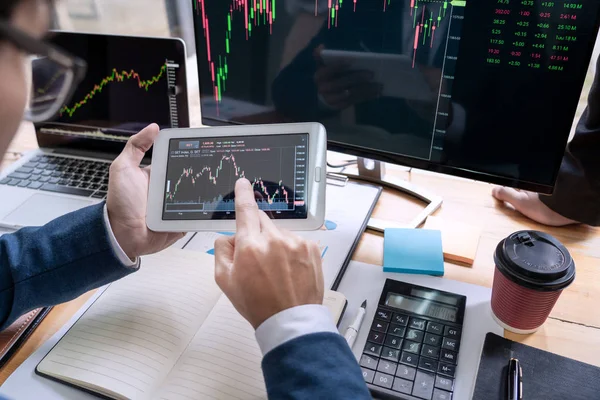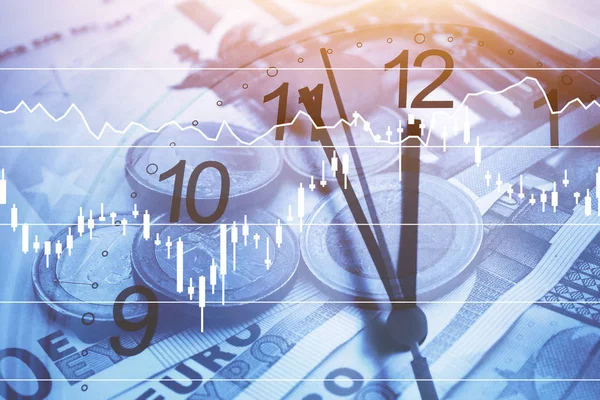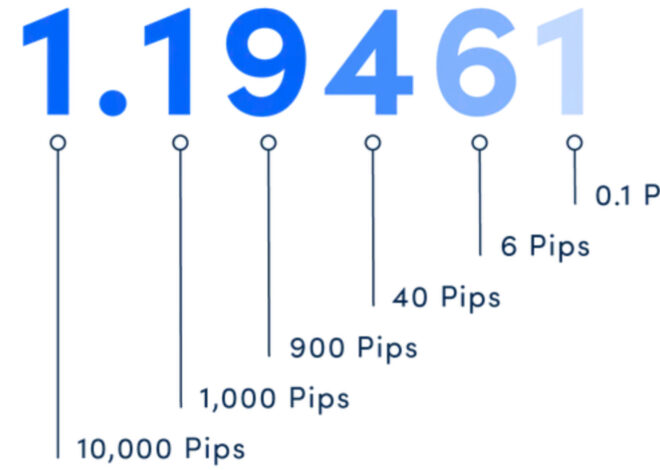
How to Get Into Forex Trading
Forex trading, short for foreign exchange trading, involves the buying and selling of currencies on the global market. It is one of the most liquid markets in the world and offers ample opportunities for profit. However, getting started can be daunting for beginners. This article will guide you through essential steps to embark on your forex trading journey.
Understanding the Basics of Forex Trading for Beginners

Before diving into the market, it’s crucial to grasp the fundamental concepts:
- Currency Pairs: In forex trading, currencies are always traded in pairs (e.g., EUR/USD). The first currency is the base currency, and the second is the quote currency.
- Bid and Ask Price: The bid price is the price at which you can sell the base currency, while the ask price is the price at which you can buy it.
- Pips: A pip is the smallest price move in a currency pair. It is typically the fourth decimal place in most pairs (0.0001).
Example:
If the EUR/USD pair is quoted at 1.2000, a movement to 1.2001 represents a one-pip increase.
Key Terminology Every Aspiring Forex Trader Should Know

Familiarizing yourself with the jargon of forex trading is essential. Here are some terms you should know:
| Term | Definition |
|---|---|
| Leverage | Borrowed capital used to increase the potential return of an investment. |
| Margin | The amount of money required to open and maintain a leveraged position. |
| Lot | A standardized quantity of the asset traded. |
| Spread | The difference between the bid and ask price. |
| Technical Analysis | The evaluation of currency pairs through statistical trends and price movements. |
Choosing the Right Forex Broker: What to Look For

Selecting a reputable forex broker is critical for your success. Here’s what to consider:
- Regulation: Look for brokers regulated by authorities like the FCA (UK), CFTC (USA), or ASIC (Australia). Regulation ensures a level of protection for your funds.
- Trading Platform: Choose brokers that offer user-friendly platforms like MetaTrader 4 or 5 that suit both novice and advanced traders.
- Fees and Spreads: Understand the broker’s fees, commissions, and spreads. A lower spread means lower transaction costs.
- Customer Service: Reliable customer support is vital, especially when resolving issues.
Example:
A regulated broker like OANDA or IG offers excellent platforms, tight spreads, and robust customer service.
Developing a Solid Trading Strategy for Success

A well-defined trading strategy is your roadmap in the forex market. Here are steps to create one:
- Define Your Goals: Determine your risk tolerance, investment horizon, and financial objectives.
- Choose a Trading Style:
- Day Trading: Opening and closing trades within the same day.
- Swing Trading: Holding trades for several days to capitalize on price shifts.
- Position Trading: Long-term trading based on fundamental analysis.
- Technical vs. Fundamental Analysis: Decide if you will rely on technical indicators (like moving averages, RSI) or fundamental data (economic indicators) to make trading decisions.
- Backtesting: Test your strategy on historical data to determine its feasibility.
Example:
A day trader might use short-term charts and technical indicators to make quick trades, while a position trader may analyze economic reports and central bank policies.
Risk Management Techniques in Forex Trading Simplified

Managing risk is vital in forex trading to protect your capital. Here are some techniques:
- Use Stop-Loss Orders: Always set a stop-loss to limit potential losses on each trade.
- Position Sizing: Determine how much capital to risk on a single trade. A common rule is to risk only 1-2% of your total account balance.
- Diversification: Don’t put all your funds into one currency pair. Diversifying across different pairs can help minimize risk.
Example:
If you have a $10,000 trading account, risking 1% means you should not lose more than $100 on any single trade.
Resources and Tools to Enhance Your Forex Trading Skills

To enhance your trading skills, leverage various resources and tools available:
- Online Courses: Websites like Investopedia and Udemy offer courses on forex trading ranging from beginner to advanced levels.
- Trading Simulators: Use demo accounts from brokers like Forex.com to practice trading without risking real money.
- Market News: Follow financial news through Bloomberg or Reuters to stay updated on market-moving events.
- Trading Journals: Maintain a trading journal to track your trades and analyze your performance.
By utilizing these resources, you can develop your trading acumen and increase your chances of success in the forex market.
In conclusion, getting into forex trading requires an understanding of its fundamentals, an awareness of key terminology, careful selection of a broker, a solid strategy, and effective risk management techniques. By following these guidelines and continuously improving your skills through ongoing education, you will be well-equipped to navigate the forex market successfully.



This guide simplifies forex trading! The tips on trading styles are really useful.
Stop-loss orders can really help manage risk. Thanks for mentioning them!
‘Online courses’ could be a great way to start learning forex trading!
I appreciate the explanation of leverage and margin. It’s good to know these terms.
‘Technical analysis’ sounds interesting. I might try it out for my next trades.
Understanding pips is crucial! I didn’t know that it represents the smallest price move.
Choosing the right broker seems very important. Regulation is key to protect our funds.
‘Position sizing’ is a new term for me. I need to learn more about it!
‘Trading journals’ are a smart idea! Tracking trades will help me improve.
This article is helpful for beginners. I learned about currency pairs and how they work.